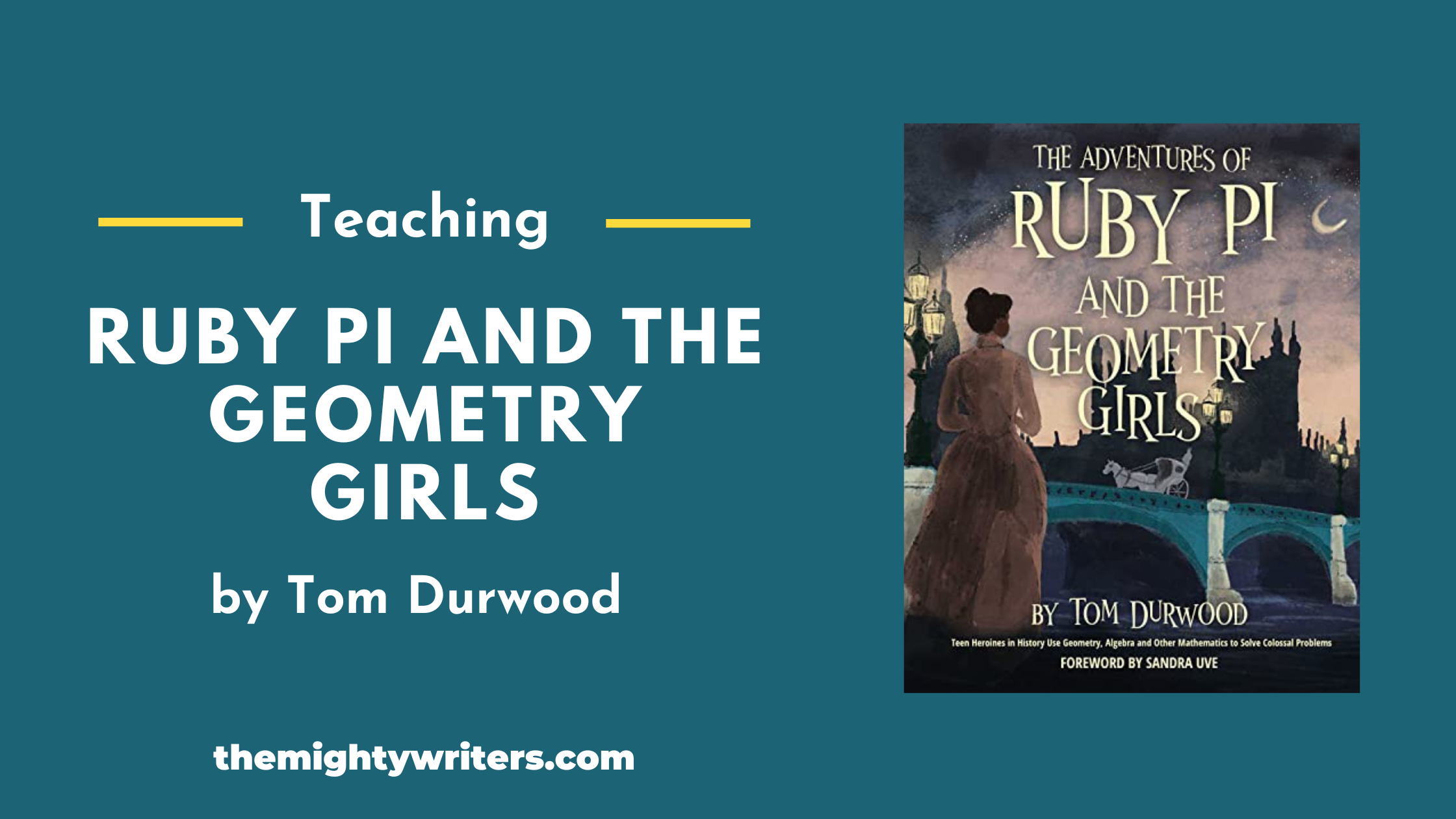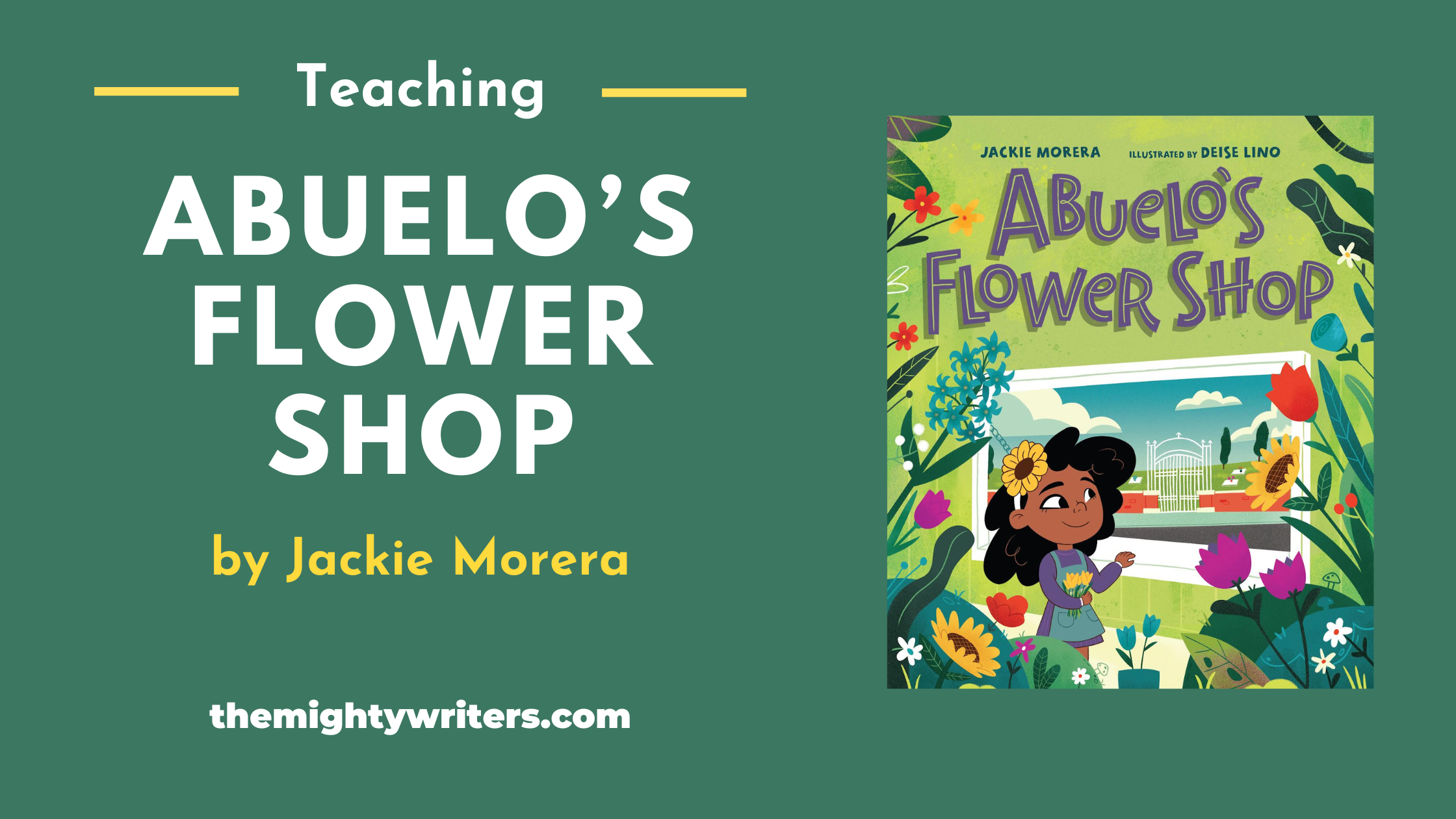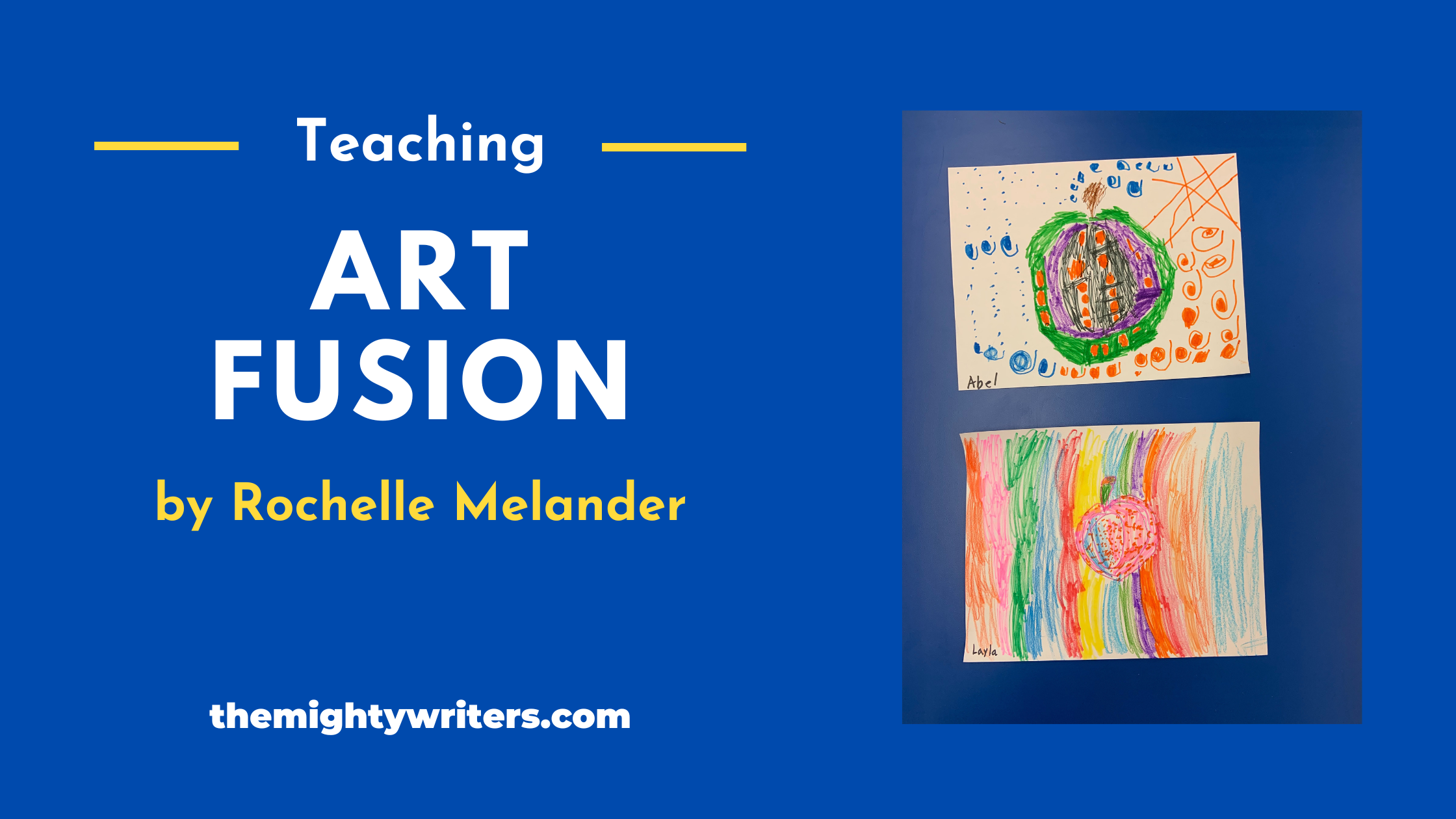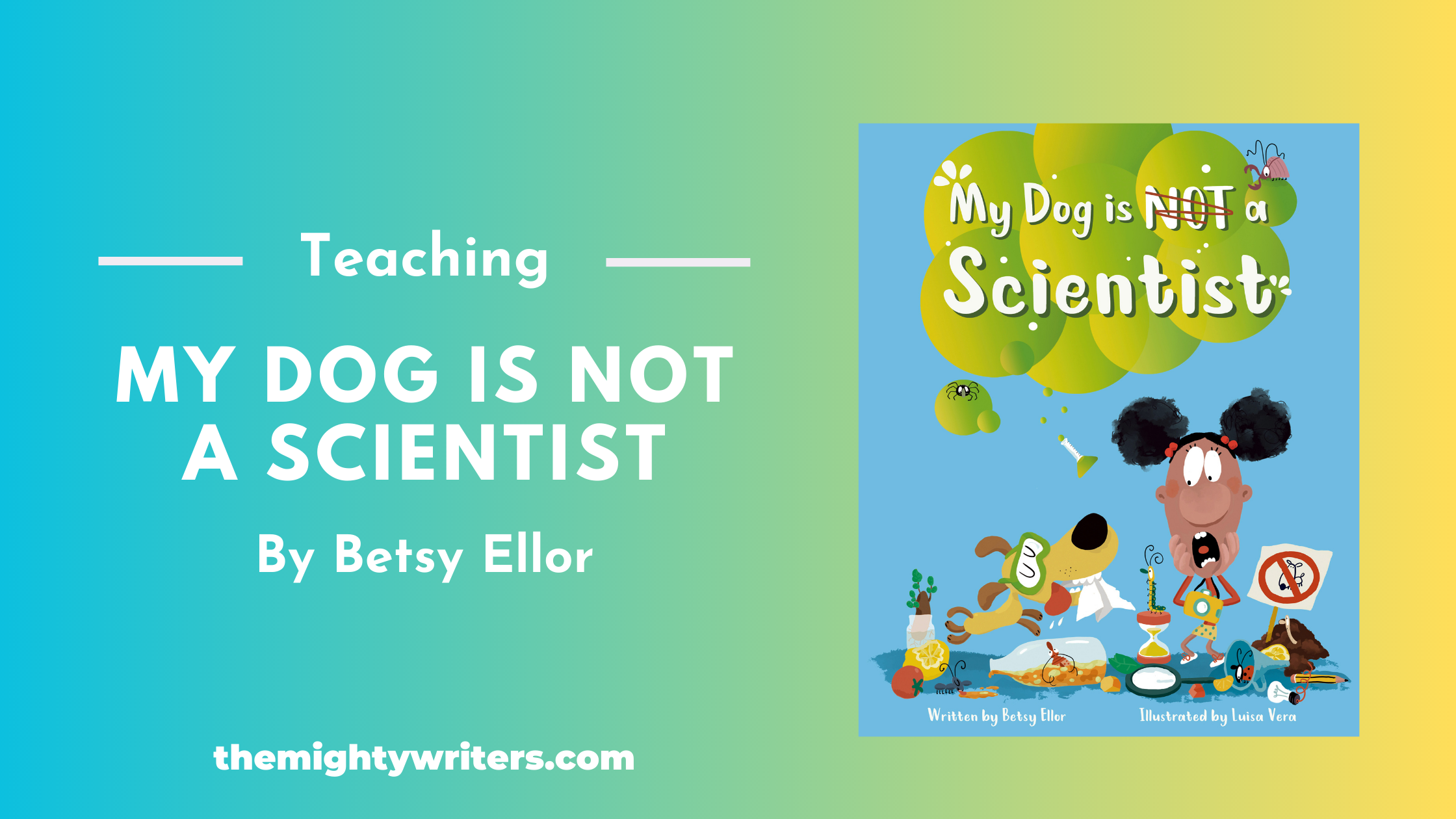A Note to Readers
I’m delighted to welcome Tom Durwood to the blog to talk about his new book, Ruby Pi and the Geometry Girls. It’s full of fun stories designed to get young people interested in math! Read on to learn more!
Teaching Ruby Pi and the Geometry Girls
Tell us about your book!
My book is called Ruby Pi and the Geometry Girls.
It is a collection of stories set in history. Each story tells about a girl who uses some form of mathematics to solve colossal problems for her family and her people.
One of the young heroines, Isoke, is a leading member of a small tribe in the Benin Kingdoms of Africa. She uses geometry to builds wells and barns and fences, to improve life in her village. When the Queen of all Benin asks for a favor, Isoke must find a new level of geometry to save the tribe.
The story you would like most is probably the one about Martin Luther King, Jr. In my story, “The Visitor,” Dr. King and his friends stop in the home a Florida teenager, Shawnee Smith. Shawnee has opened a bank in the basement of her church, a bank for working people, neighbors who cannot get loans elsewhere. She loans out small amounts so women can fix their children’s bikes, or buy a sewing machine. These “micro loans” have changed her town for the better. At first skeptical, Dr. King and Bayard Rustin and Ralph Bunche and their wives come to understand how powerful an idea this is, and how easily it could be expanded to other churches in other cities. At story’s end, Margery Rustin promises to call Shawnee from their next step, the Larraine Motel in Memphis … where Dr. King will meet his tragic end.
This story is of interest, I think, for two reasons. First, Dr. King’s true agenda was economic as much as it was political. He wanted equity in income, good jobs, and bank loans so his people could climb the ladder. It is wrong of us to think of him only as a speech-giver. Second, the idea of micro-loans is real and powerful. Mohammed Yunis founded the Grameen Bank for women villagers of rural India and won a Nobel Prize for it.
Can you talk about why you decided to tackle math in these stories?
I am an English teacher and history buff who knows very little math, so I figure I am the right author to try and lend narratives to mathematics.
I taught at Valley Forge Military College for nine years, and I can guarantee that students want very much to know how the real world works. They want to succeed but do not yet have the tools. Stories about economics and business have always been welcome in my classrooms.
You cannot succeed without knowing mathematics. Algorithms, forecasts, interest rates and reversions to the mean are all around us. For some reason, girls’ interest in math and science drops dramatically at age 14. I have written with those readers in mind.
What books pair well with your books?
A Time to Bread Silence: The Essential Works of Martin Luther King, Jr., for Students
Where do We Go from Here: Chaos or Community
Banker to the Poor: The Story of the Grameen Bank by Mohammad Yunus
About the author. Tom Durwood is a teacher, writer and editor with an interest in history. Tom most recently taught English Composition and Empire and Literature at Valley Forge Military College, where he won the Teacher of the Year Award five times. Tom has taught Public Speaking and Basic Communications as guest lecturer for the Naval Special Warfare Development Group at the Dam’s Neck Annex of the Naval War College.
Tom’s ebook Empire and Literature matches global works of film and fiction to specific quadrants of empire, finding surprising parallels. Literature, film, art and architecture are viewed against the rise and fall of empire. In a foreword to Empire and Literature, postcolonial scholar Dipesh Chakrabarty of the University of Chicago calls it “imaginative and innovative.” Prof. Chakrabarty writes that “Durwood has given us a thought-provoking introduction to the humanities.” His subsequent book “Kid Lit: An Introduction to Literary Criticism” has been well-reviewed. “My favorite nonfiction book of the year,” writes The Literary Apothecary (Goodreads). Visit Tom online: https://tdurwood.com/





